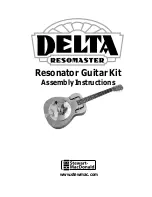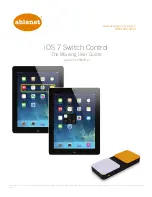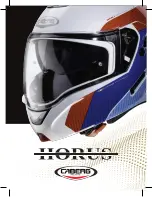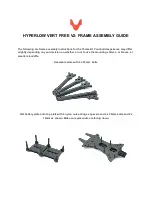
page 4
The fingerboard has 24 fret slots, more than are needed for a
resonator guitar. Trim off the fingerboard at the 20th fret slot.
Draw a pencil line across the back of the fingerboard to mark
the location of the 14th fret slot. The end of the neck’s fin-
gerboard gluing surface, at the top of the heel, will line up
with this mark when the fingerboard is glued on. Align the
heel with the mark, center the neck on the fingerboard, and
draw the profile of the neck onto the fingerboard
(4)
. Extend
the lines using a straightedge and white or yellow-lead
pencil.
Trim the fingerboard profile close to the pencil lines using a
band saw, coping saw, or a hand plane.
The edges of the fingerboard must be smoothed after
they’re trimmed. On your flat work surface, rest the finger-
board, backside down, on a spacer block approximately 1/4"
thick and as long and wide as the fingerboard. Slide the fin-
gerboard slightly off the edge of the spacer block so that one
long edge overhangs.
With a long flat sanding block, sand the overhanging fret-
board edge lengthwise to remove any trimming marks. We
used a carpenter’s level with 100-grit sandpaper double-stick
taped to its thin edge. Clamped and sanded in this fashion,
the fretboard will not only be straight end-to-end, but the
edge will be sanded at 90° to the work surface.
(5)
. Reverse
the procedure for the other edge of the fingerboard.
Traditionally, single dot inlays are installed behind frets 5, 7, 9,
12, 15, 17, and 19. Frets 15 and 19 get two inlays each. These
will cover the four mounting screws that hold the finger-
board to the top. You won’t inlay frets 15 and 19 until later,
after the guitar is finished.
Lightly draw a centerline down the fingerboard in pencil. Use
an awl to mark for drilling along this centerline, measuring
halfway between the appropriate frets.
Drill 1/4" holes for each inlay, using a brad-point drill bit. Go
slightly
deeper than the thickness of the dots. Be extremely
careful to keep the drill bit from “hogging” into the wood and
accidentally drilling completely through the fingerboard
(practice on scrap)!
As mentioned, frets 15 and 19 are drilled for double inlays.
They’re spaced 1-3/8" apart (11/16" to each side of the cen-
terline), and should be centered between the frets.
Shaping the fingerboard
Inlaying the fingerboard
4.
Draw the profile of the neck’s taper onto the fingerboard using a
white pencil.
5.
Clamped and sanded in this fashion, the fretboard will not only
be straight end-to-end, but the edge will be sanded at 90°.






































